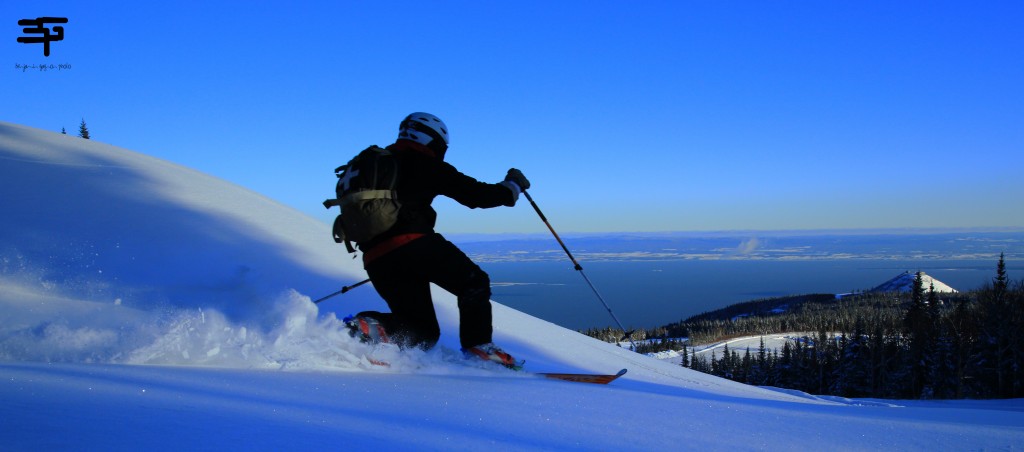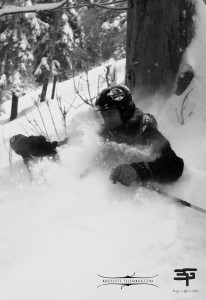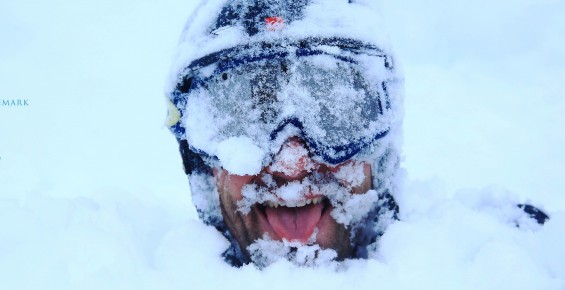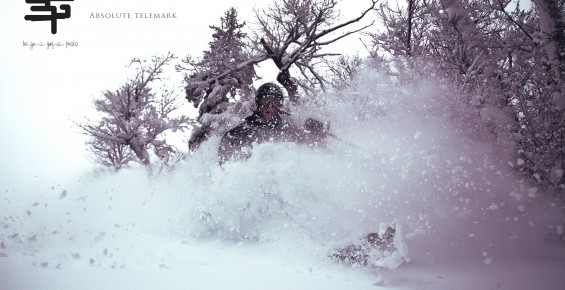If I have knee problem, can I telemark ski ? or is telemark safe for your knees.
I’m not a doctor.
But after 10 years of mountain rescue as a ski patroller in 4 different resorts, I certainly can tell you that telemark skiers are less prone to injuries. Here‘s somewhat of a proof. Ok it’s ski stats from Scotland, but still. It clearly shows telemark is less prone to injuries than any other snowsports. Their is a new research you can participate here
Is it because of the telemark gear or because of the people’s behavior? Again nothing scientific here but I’d say a bit of both…
Questions I’m often asked:
1. I have knees problems, will I be able to telemark?
Real honest answer is that I know more people that have quit alpine skiing and are now telemark skiing because of knee problems that the opposite. Telemark builds muscles around the knee and stabilizes the articulation. Also, when starting telemark, you will be less aggressive (probably) than you where on your skis or board. If you’ve never downhill before, telemark is a great way to approach the mountain at a friendly pace.
2. Are telemark binding safe?
“That’s true, there’s no release…
No binding system on the planet is 100% safe.
On most telemark bindings, there is no release. Old data found here tend to show that it’s safer with a telemark release binding than a non release binding. Although, equipment has continued to change a lot over the years, few brands have developed release bindings. The arrival of NTN bindings, a solid performing binding with release has not created a mass movement toward this product because of the release option. Don’t get me wrong, releasable binding is not bad, but it’s not a must.
The way your foot is attached and the way the binding moves, in most cases, a fall will not cause injury. And believe me, telemark skiers are reputed to fall a lot. If you want extra psychological support and have the release option, there’s a few out there, but other than the NTN, none are really on my list. Again, After years of telemark skiing and being around the community, I feel perfectly safe telemark skiing.
What is the most common injury when you alpine ski: knee ligaments (way up there) and is alpine skiing more prone to injuries, yes. So if you are alpine skiing and are concern about your knees, think about telemark as an option.
Is telemark skiing safe for your knees: definitely. Can accidents happen? Obviously every day, every where.
Go on and try it, telemark skiing is pure pleasure












What others think about it